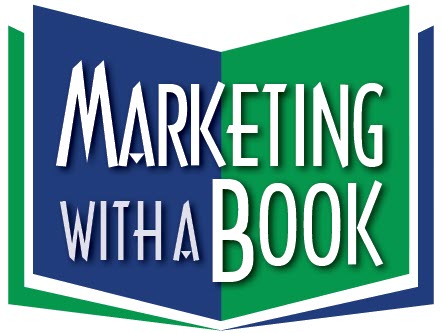By Henry DeVries
Once you’ve honed your angle, you’re ready to approach an editor. Don’t pick up the phone and call. Just as if you were selling any other product, you need to write a convincing, professional proposal. But don’t worry, it doesn’t need to be lengthy; in fact, the shorter the better.
Editors want ideas submitted in the form of a one-page letter called a query. They don’t want to see the entire manuscript. And you’re wasting your time by writing the entire article before you know if you have a salable idea or the specific slant an editor may want.
Query letters do three primary things. They:
- Demonstrate that you have a fresh angle on an important topic.
- Show that you have the ability to write an article in a way that will interest the magazine’s readers.
- Prove that you are the expert to write it.
It’s important that your letter not just whisper your idea in a boring business letter style. It must trumpet it in a way that will be music to the ears of an editor whose in-basket is deluged with proposals from professional writers, public relations agencies and others who want to see their names in print. Your first paragraph—the lead to your letter—should capture the imagination of the editor by painting a scenario with a real-life anecdote, offering a startling statistic, posing an intriguing question, or turning a phrase in such a way that it makes the editor want to know more.
Read the following lead from a few queries we’ve written to see how the introductory paragraph in a query letter differs significantly from the first paragraph of a traditional business letter.
(To USAir)
Nearly every American boy dreams of playing baseball in the major leagues. Stepping up to the plate on a warm summer day and cracking one over the center field wall to the roar of the crowd is a romantic, but rarely realized, fantasy. But for a few days a year, the dream comes alive for men who enroll in what has become known as fantasy baseball camp.
(To Nation’s Business)
“A leader isn’t worth much if he can’t step in and take charge.” “If you want something done right, you’ve got to do it yourself.” “Good managers have all the answers.”
Such take-charge sentiments are natural for company leaders. Since owners or managers of small and medium-sized companies are ultimately responsible for the success of their businesses, they feel compelled to perform or oversee every aspect of their operations.
(To Modern Maturity)
When your sleepy-eyed grandchild says, ”Tell me a story,” do you reach for a book to read instead of stretching your imagination? “I’m no storyteller,” you may think, remembering that your own dad seemed to have a special knack for telling tales. But we’re all storytellers. What did you do the last time you explained to someone why you were late?
(To American Way)
Jim stormed out of his department meeting disgusted with the resistance to his ideas for boosting sales in a sagging account. “What’s the use of coming up with innovative ideas around here?” he scowled. If you were Jim’s boss how would you respond? A) “Don’t worry, you’ll come up with another good campaign.” B)”I understand, I have trouble getting new ideas across myself.” C) “Sounds like you’re discouraged about trying to change things.” D) “Can’t you rethink key aspects of the campaign and present it again next week?”
Once you’ve introduced your topic with intrigue, tell the editor the proposed title of your article or book, then summarize the main points that you’ll cover. If you plan to quote other experts in the field, share a name or two from your source file with the editor. Then let the editor know why his or her readers will be interested in this topic and why it’s timely. Finally, end the query by giving a small sampling of your background in the field. If you’ve had other articles with your byline published, paper clip two or three examples to the proposal, attach a self-addressed, stamped envelop for a reply and tuck it all in a nine-by-twelve-inch envelope to drop in the mail.
